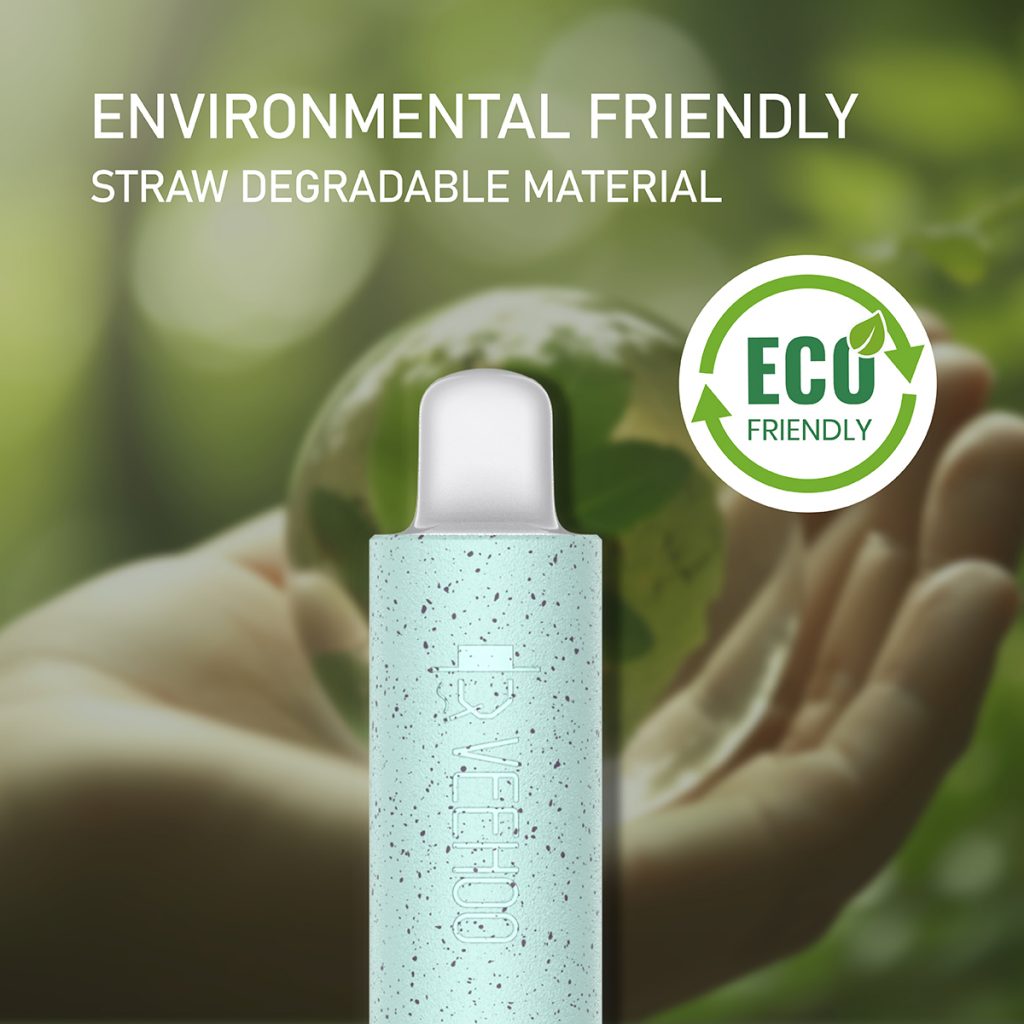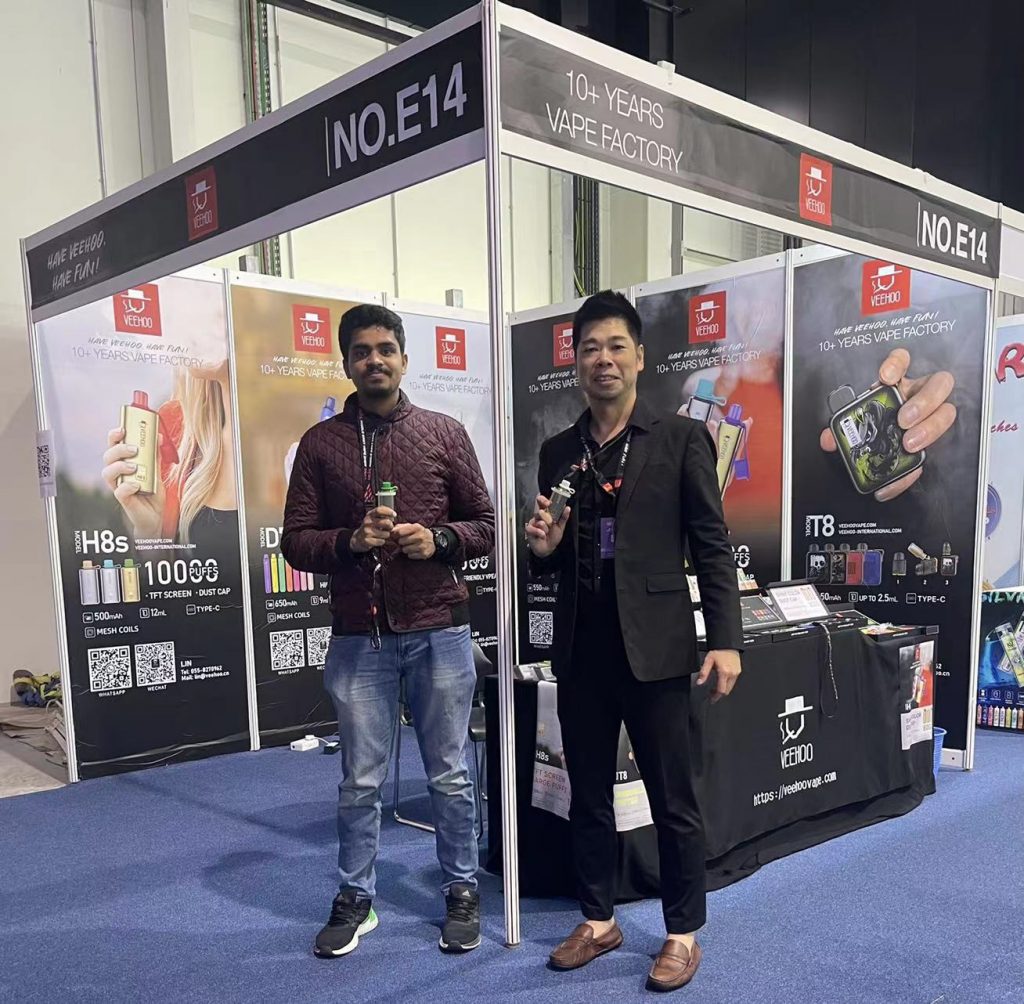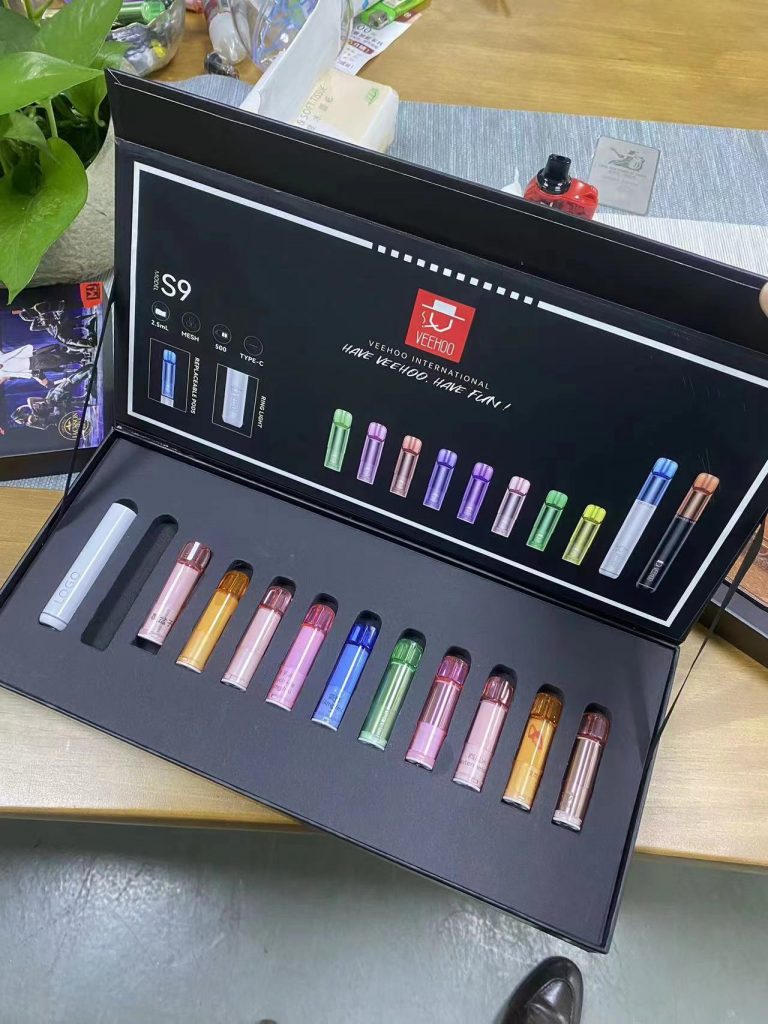As vapes gain popularity worldwide, concerns about vape waste management are also increasing. Recently, the UK Vape Industry Association (UKVIA) held a webinar to discuss the future of waste vape management and explore current challenges. This discussion is of great significance in raising awareness of vape waste management and promoting the formulation of related policies. This article will discuss the current status, challenges and solutions to these challenges of vape waste management, and analyze it using veehoo vapes as a case study.
According to UKVIA, waste vape management is affected by the consultation period for the Waste Electrical and Electronic Equipment Directive (WEEE). This consultation period aims to review current regulations and the environmental challenges associated with disposable vapes. However, disposable vapes are about to be banned in the UK, raising questions about how WEEE regulatory reform will affect the vaping industry. This is also one of the main topics on which UKVIA organizes webinars.
Surveys show that Britons are not interested in vape recycling, which is one of the current challenges facing vape waste management. According to a survey conducted by UKVIA, 80% of major UK city councils and London borough councils said they have no plans to invest in new vape collection solutions in the next year. This means that at the local government level, there is relatively insufficient investment and support for vape waste management.

Of the businesses surveyed, 60% said they provide vape disposal services at municipal facilities or designated collection facilities. However, around a third of places still do not provide vape waste disposal containers or any form of drop-off point. Only a few councils have introduced kerbside or home vape collection services. This indicates that there are still deficiencies in waste management infrastructure.
UKVIA director general John Dunn said in a statement that local authorities should not simply shirk their responsibility to provide vape waste collection facilities in public places. He highlighted the vape industry’s environmental efforts, including investing in more sustainable products, providing recycling education and launching recycling initiatives. He also mentioned UKVIA’s involvement in the development of an vape licensing scheme that requires retailers to provide in-store recycling facilities before being allowed to sell vapes. These initiatives aim to ensure that the entire industry is environmentally responsible and engage all parties involved in vape waste management.
However, UKVIA’s efforts are not enough to solve all challenges faced by vape waste management. The ban on disposable vapes is an important step, but it does not solve all problems. Disposable vapes are fundamentally flawed in design and are unsustainable products, meaning an outright ban on their use is an important step. Additionally, additional measures are needed to improve vape waste management.

Here are some possible solutions:
Raise public awareness: Increase public awareness of vape waste management through education and awareness campaigns. This can include communicating to the public about proper waste disposal methods, as well as the environmental and health impacts of vape waste.
Policy development and regulation: Develop stricter policies and regulations to require vape manufacturers and retailers to be responsible for waste management and provide corresponding recycling facilities. Governments can work with industry associations and relevant stakeholders to develop more comprehensive waste management plans.
Product design improvements: vape manufacturers are encouraged to improve product design to reduce waste generation. For example, reduce or eliminate disposable vapes and encourage the use of sustainable materials and alternative recyclable parts.
Build recycling infrastructure: Invest in more vape recycling facilities, including providing recycling containers in public places, stores and communities. This will make it easier for the public to dispose of discarded vape products correctly and ensure they are properly handled and recycled.
Industry collaboration: Promote collaboration between vape manufacturers, retailers, local governments and waste management companies. Work together to develop and implement waste management plans and share resources and knowledge to effectively address vape waste management challenges.

As an influential brand in the vape industry, veehoo vapes can play a positive role in vape waste management. veehoo can take a range of actions, including:
Responsible product design: Veehoo can continue to improve product design and reduce waste generation. For example, introducing vape products with replaceable parts and recyclable materials to reduce the impact on the environment.
Recycling initiatives: Veehoo can carry out recycling initiatives to encourage users to properly recycle and dispose of discarded vape products. This can be achieved by offering recycling incentive schemes, recycling education and information campaigns.
Partnerships: Veehoo can form partnerships with waste management companies and other stakeholders to jointly drive improvements in vape waste management. This could include co-investing in recycling infrastructure, developing joint recycling plans, etc.
All in all, vape waste management is a global challenge that requires joint efforts from all parties to solve it. The environmental impact of vape waste can be better managed and reduced by raising public awareness, developing policy, improving product design, building recycling infrastructure and promoting industry collaboration. Veehoo, as part of the vape industry, can play an active role in this process and promote sustainable waste management practices.
Tags: The future of vape waste management,How do you dispose of vape waste,vape waste statistics,veehoo vape